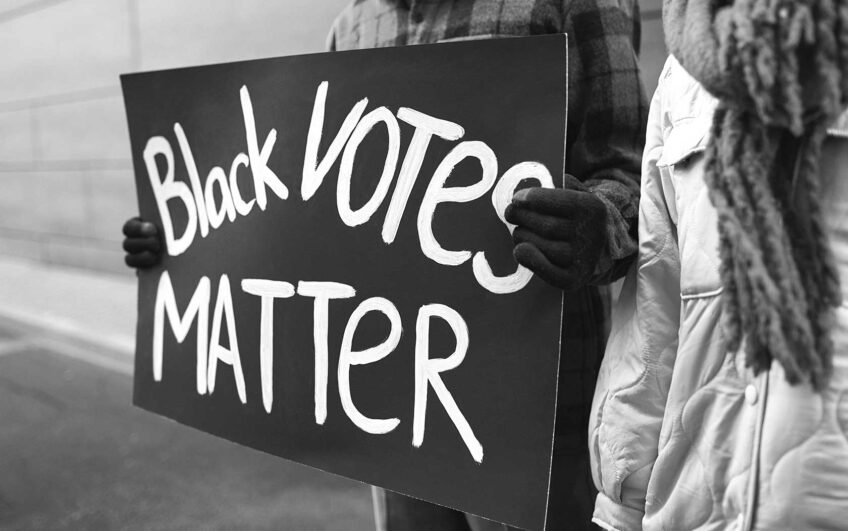The Environmental Protection Agency recently announced $7 billion in grants for solar energy programs in residential communities. It is the latest round of public funding for the clean energy sector, which has seen $464 billion in investments since 2022. The money is intended to help local governments and nonprofit organizations develop initiatives that lower energy costs in low-income and historically disadvantaged areas across the country. But questions linger about how well the industry reflects the nation’s diversity.
Several advocacy groups — E2, Alliance to Save Energy, American Association of Blacks in Energy, Energy Efficiency for All, and Black Owners of Solar Services — released a report in 2021 noting disparities in the presence of Black workers in the clean energy market. Black workers represented “about 8% of the clean energy labor force,” it found. Compared to white, Hispanic and Asian American workers, Black workers were underrepresented across several sectors, including fossil fuels and clean vehicles.
The top states for Black or African American clean-energy workers were South Carolina, Maryland and New York. For women workers, South Dakota, Nevada and North Carolina had the most opportunities in clean energy.
Exclusive, white and male
Gabrielle Jadotte insists that industry disparities are obvious. She worked at a solar company she describes as “very stereotypically white male-dominated,” with minimal connection to communities in need.
“It was a lot of referrals and a lot of, ‘Oh, I know this guy. I know this friend. I think you’d be great,’ very word of mouth,” she remembers. “It is just so small and exclusive because it’s such a new industry, and it’s a barrier to get in, as the communities that we’re working in — low-income communities — maybe don’t have those connections at companies to get a job quickly.”
The growth of Black firms
Jadotte is now director of operations for WeSolar, a small Black-owned solar energy firm in Baltimore. The internal team “groups together different companies” — mostly subcontractors — to install solar energy in the city. It is looking to expand this year.
“There is so much pressure on profitability and scale, but what we are trying to push back against is that you don’t need to be operating on such a large scale to reach those margins. There is a benefit to just implementing these projects for these communities,” she adds.
There are more than 200 Black-owned solar energy firms in the United States, many of whom rely on public-private partnerships for funding and hiring. Some of these collaborations include generating local energy solutions. Others train leaders to apply for financing from the federal government and private banks.
Recruiting and retaining Black workers
Hiring data within firms — Black-owned or not — is not always available. In 2022, the American Clean Power Association (ACP), one of the nation’s largest clean energy trade groups, began collecting job data from its 120,000 members. The association found in a 2023 analysis that the industry could do better about strategically recruiting and retaining Black workers.
“ACP will build or extend partnerships with organizations representing diverse communities, as well as directly with the institutions that train and develop diverse talent to ensure networks of diverse candidates are brought into the recruiting funnel and are aware of the many opportunities that the industry provides. Members are encouraged to institute policies that ensure diverse candidates are considered for every open position,” the report reads.
Opportunities for Black workers
Owning a solar energy firm is not the only pathway into the industry. There are opportunities for Black workers in various areas, including wind and fossil fuels. Generally, the clean energy sector doesn’t require a four-year degree. The majority of jobs require skilled manual labor or a background in construction. Other opportunities range from electrician and surveyor to software engineer and permit specialist.
The clean energy sector is projected to continue to grow within the next decade, thanks to the expansion of manufacturers, changes to the grid, and emissions policies. There are more college degree programs in management, policy and implementation for people wanting to be competitive in the field, too. Earlier this year, 10 historically Black colleges and universities received $100,000 from the Department of Energy to develop clean-energy-focused academic programs for students on and off campus. Initiatives like these are intended to bring representation to the industry so that, years from now, racial disparities won’t be a problem.
This story originally ran in Word in Black.






